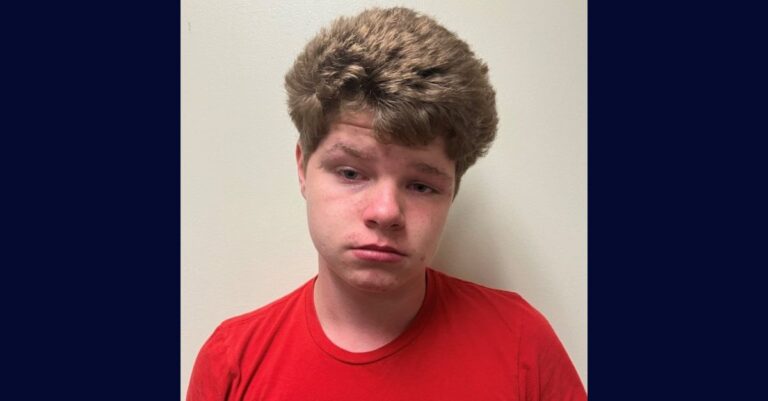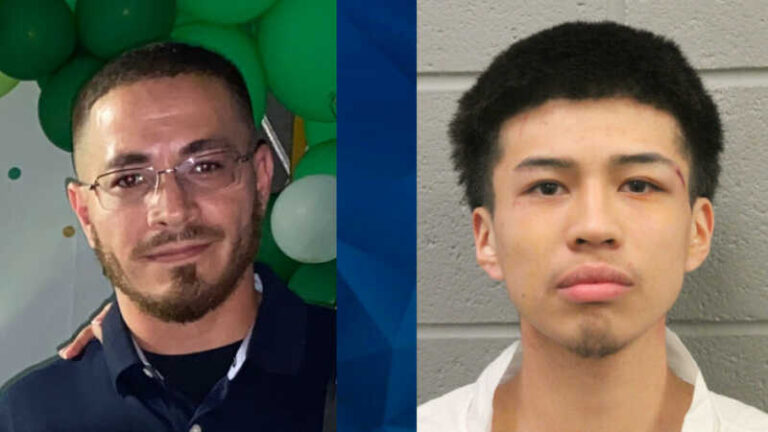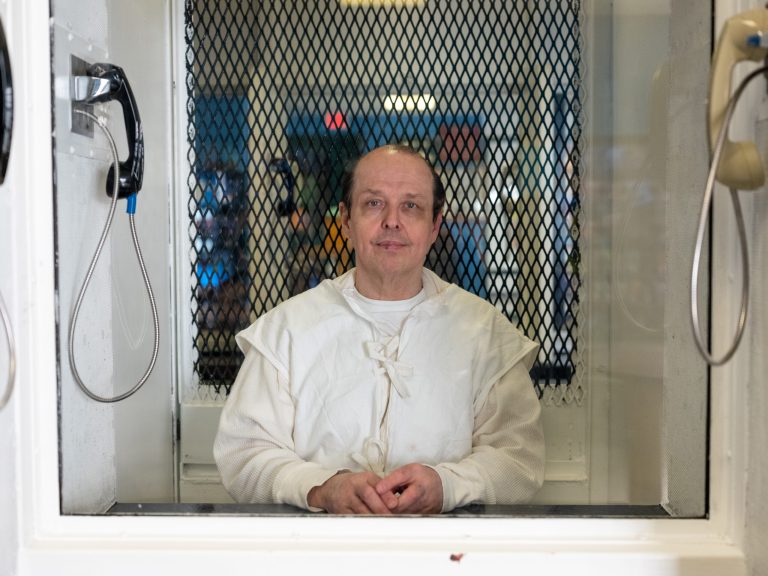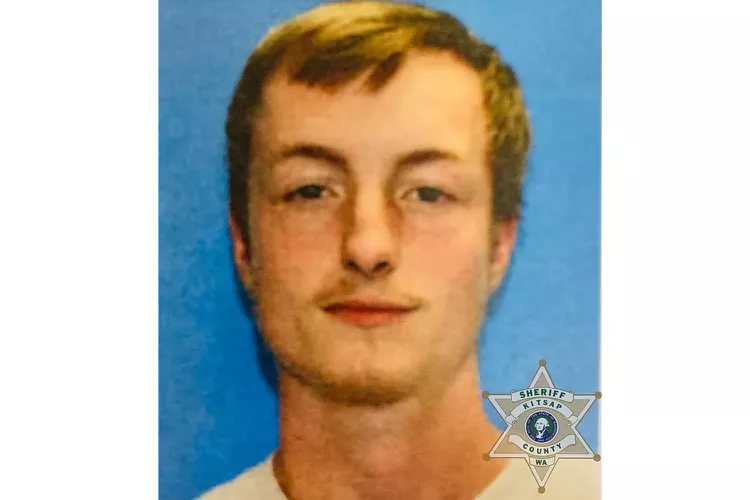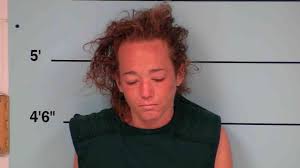Reed Gelinskey Murders Mother In Wisconsin
Reed Gelinskey is a fifteen year old alleged teen killer who has been charged with the murder of his mother Suzanne Gelinskey in Franksville Wisconsin According to police reports officers were called to the Gelinskey household where fifteen year old Reed Gelinskey approached them covered in blood and holding a large knife Reed Gelinskey allegedly…

